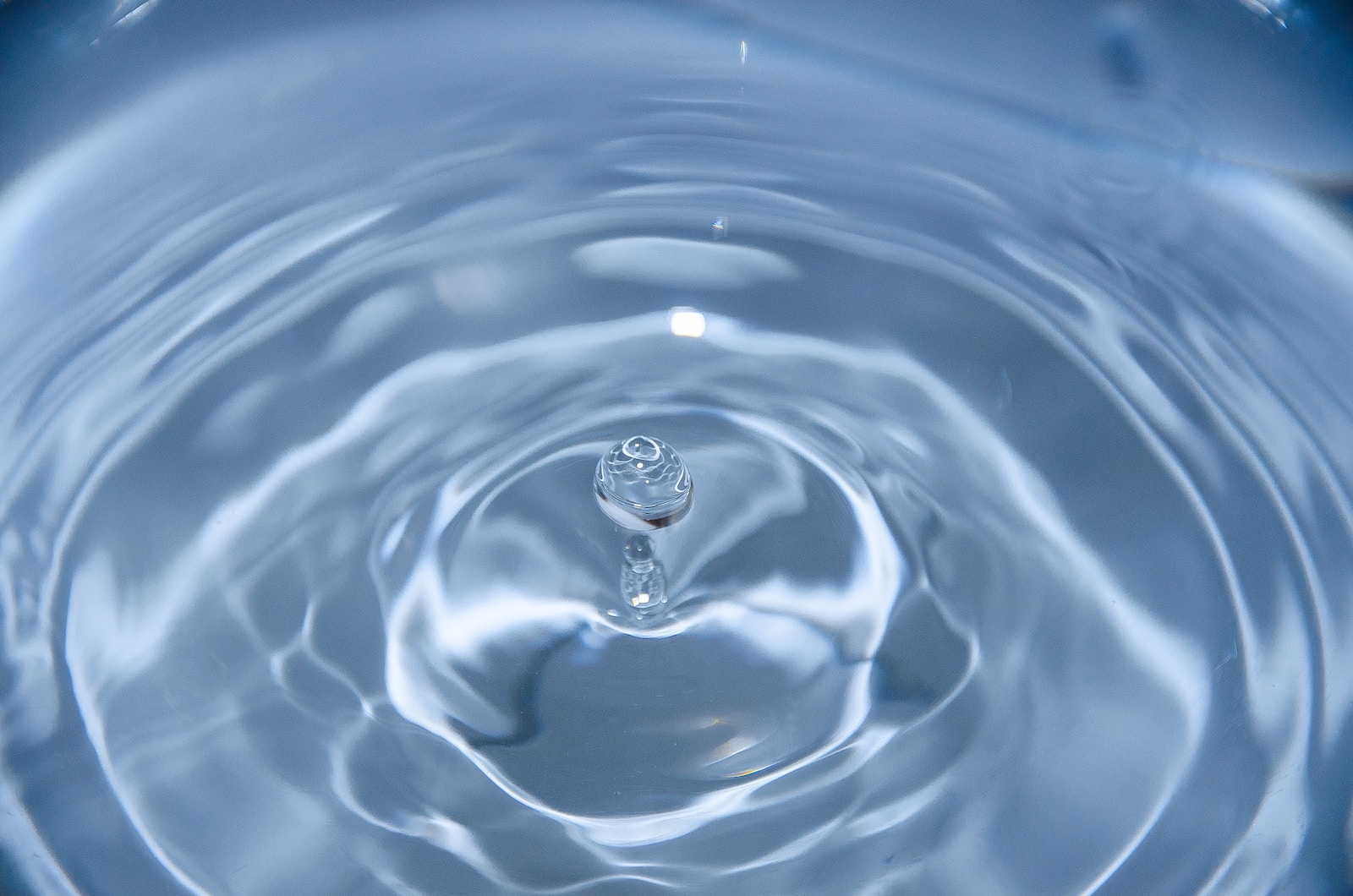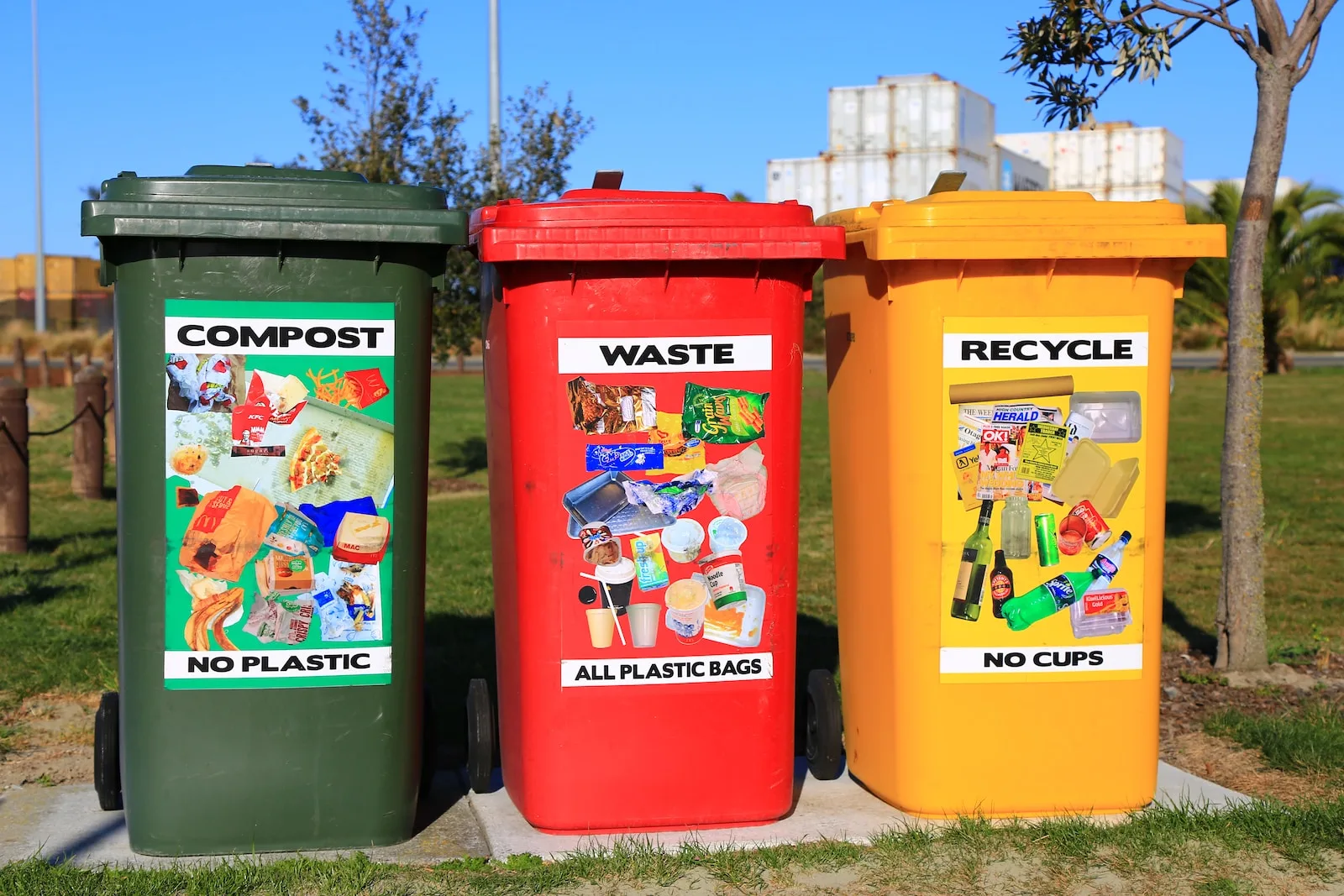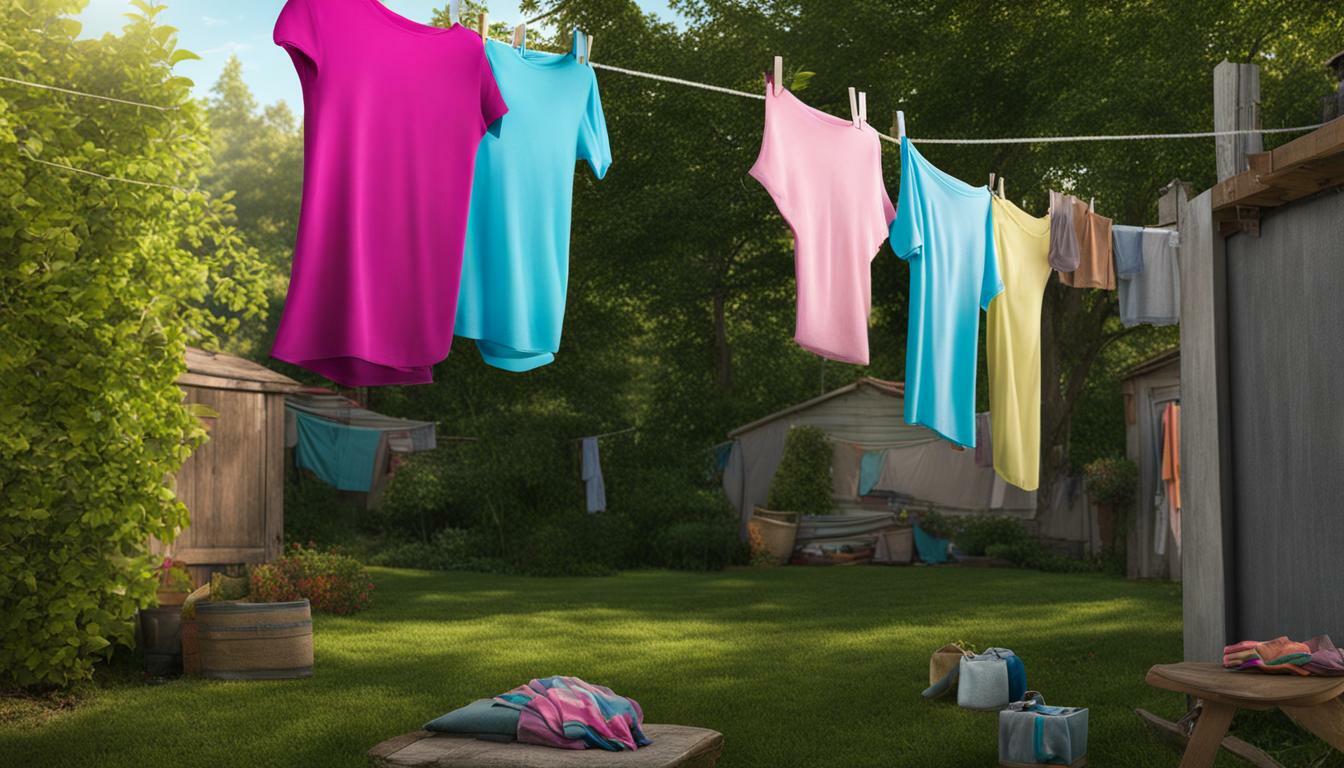When it comes to cleaning, the temperature of the water you use can make a significant difference in the outcome. While many people assume that hot water is always the best option, there are scenarios where cold water can be just as effective. In this article, we will explore the differences between cleaning with cold and hot water.
We’ll discuss the specific benefits and advantages of each method, as well as the applications where they are most suitable. Furthermore, we’ll compare the effectiveness of cold water and hot water cleaning and provide tips for optimizing performance.
Key Takeaways
- Cold water and hot water cleaning methods have different benefits and are suited for different cleaning tasks.
- Hot water is effective for removing tough stains and sanitizing surfaces, while cold water is suitable for cleaning delicate surfaces and materials.
- The effectiveness of each method depends on various factors, including the nature of the surface being cleaned and the type of dirt or stain being removed.
- By understanding the differences between cold water and hot water cleaning, you can choose the best method for the task at hand and achieve optimal cleaning results.
Benefits of Cleaning with Cold Water
While hot water is often thought of as the go-to for cleaning, there are actually several benefits to using cold water cleaning methods.
1. Energy conservation: Cold water uses less energy than hot water, making it a more environmentally friendly option. Using cold water reduces energy consumption, which can translate to lower electricity bills and a smaller carbon footprint.
2. Preserves item quality: Cold water is ideal for cleaning delicate fabrics, materials, and surfaces that could be damaged by hot water. Items like silk, wool, and leather, as well as electronic devices, can benefit from cold water cleaning methods as hot water can cause shrinkage, fading, or other damage.
3. Inhibits bacterial growth: Cold water can be just as effective as hot water at cleaning certain surfaces and materials. In fact, certain bacteria thrive in hot water and can only be killed by chemicals or disinfectants. Cold water, on the other hand, can inhibit bacterial growth and is ideal for cleaning surfaces where germs are a concern, such as cutting boards and kitchen countertops.
Overall, cold water cleaning can be an effective and efficient option for various cleaning tasks, particularly for delicate items or when conserving energy is a priority.
Advantages of Cleaning with Hot Water
If you’re looking for a powerful cleaning solution, hot water might be the way to go. Here are some of the top advantages of using hot water for your cleaning needs:
| Advantage | Description |
|---|---|
| Effective Stain Removal | Hot water can help to break down and dissolve tough stains that cold water may struggle to remove. This is especially true for grease and oil-based stains. |
| Bacteria and Germs Reduction | Hot water is a powerful germ-killing agent. Its high temperature can help to eliminate bacteria, viruses, and other harmful microorganisms from surfaces and materials. |
| Quicker Cleaning Time | When you use hot water, you often don’t need to spend as much time scrubbing and cleaning. The heat of the water alone can help to loosen dirt and grime, making it easier to wipe away. |
| Versatile Cleaning | Hot water can be used to clean a wide range of surfaces and materials, from hard floors and countertops to clothing and upholstery. It can even be used for sterilization in medical and laboratory environments. |
Overall, hot water cleaning can be a great option for deep cleaning and sanitizing various items and areas. Just be sure to take caution when using hot water to avoid burns or damage to sensitive materials.
Applications of Cold Water Cleaning
Cold water cleaning is a versatile method that can be used for various cleaning applications. Here are some examples of surfaces and materials that can be effectively cleaned with cold water:
| Surface/Material | Application |
|---|---|
| Carpets and upholstery | Cold water is gentle and effective at removing dirt and stains from fabrics without damaging them. |
| Windows and glass | Cold water can be used to remove smudges, dirt, and grime from windows and glass surfaces. |
| Tiled floors and walls | Cold water is effective at removing dirt and grime from tiled surfaces without leaving any streaks or residue. |
| Outdoor furniture and decks | Cold water can be used to remove dust, dirt, and mildew from outdoor furniture and decks. |
One of the benefits of cold water cleaning is that it typically uses less energy than hot water cleaning, making it a more eco-friendly option. Additionally, some materials and surfaces may be sensitive to heat or moisture, making cold water the safer and more appropriate choice.
Uses of Hot Water Cleaning
Hot water cleaning is a versatile method that can be used in a variety of settings to achieve optimal cleaning results. Here are some of the most common uses of hot water cleaning:
- Cleaning kitchens: Hot water is effective in removing grease, food stains, and bacteria from kitchen surfaces, including countertops, floors, and equipment.
- Sanitizing bathrooms: Hot water can kill germs and bacteria on surfaces and fixtures in bathrooms, making it an ideal choice for cleaning and sanitizing toilets, sinks, and showers.
- Laundry: Hot water is the preferred method for washing heavily soiled clothes and linens to remove stains and kill bacteria and allergens.
- Outdoor cleaning: Hot water can be used to clean outdoor surfaces, such as decks, patios, and sidewalks, removing dirt, grime, and even moss and mildew.
Hot water cleaning is also commonly used in commercial and industrial settings, such as restaurants, hospitals, and manufacturing facilities, where hygiene and sanitation are crucial.
To ensure the effectiveness of hot water cleaning, it is important to use the right temperature and pressure settings, as well as the appropriate cleaning products and techniques.
Effectiveness of Cold Water vs. Hot Water Cleaning
When it comes to cleaning, choosing between cold water and hot water can have a significant impact on the effectiveness of the cleaning process. In some cases, cold water may be more suitable, while in others, hot water may be necessary to achieve optimal results.
The temperature of the water used for cleaning can impact how well it can dissolve and remove dirt, oils, and other substances from surfaces. Cold water is best suited for light cleaning tasks that do not involve heavy soiling or tough stains. It is also suitable for delicate materials that could be damaged by hot water.
On the other hand, hot water is ideal for cleaning tasks that involve removing grease, grime, and heavy soiling. The heat from the water helps to dissolve and break down these substances, making them easier to remove from surfaces. Hot water is also effective for sanitizing surfaces, as the heat can kill bacteria and other microorganisms that can cause illness.
However, it is essential to note that not all materials and surfaces can be cleaned with hot water. Some fabrics, for example, may shrink or become damaged when exposed to high temperatures. Also, hot water can remove the natural oils from certain types of wood, causing them to dry out and become brittle.
When deciding between cold water and hot water for cleaning, several factors should be considered, such as the degree of soiling, the type of surface or material being cleaned, and the cleaning product being used. It is always best to refer to the manufacturer’s recommendations or seek advice from a cleaning expert to ensure that the appropriate cleaning method is used for each task.
Overall, the effectiveness of cold water vs. hot water cleaning depends on the specific cleaning task. Cold water may be best for delicate materials and light cleaning tasks, while hot water may be necessary for heavy soiling and sanitizing surfaces.
Tips for Cold Water Cleaning
Cold water cleaning is an effective method for removing dirt and grime from various surfaces. Here are some tips to help you maximize the cleaning power of cold water:
- Choose the right detergent: Not all detergents are created equal. Make sure to select a detergent that is specifically formulated for cold water cleaning. This will ensure that the detergent is able to dissolve properly in cold water and won’t leave any residue on the surface you’re cleaning.
- Scrub with a brush: For tough stains, use a brush to scrub the surface in a circular motion. This will help to loosen the dirt and make it easier to remove.
- Rinse thoroughly: After cleaning with cold water, make sure to rinse the surface thoroughly with clean water. This will help to remove any remaining dirt or detergent residue.
- Use a pressure washer: For outdoor cleaning tasks, a pressure washer can be a great tool for cold water cleaning. It will help to blast away dirt and grime from surfaces like sidewalks and driveways.
- Try a vinegar solution: For surfaces that don’t require harsh cleaning chemicals, a mixture of water and vinegar can be an effective alternative to cleaning with detergent. The acidity of the vinegar can help to dissolve dirt and grime.
By following these tips, you can ensure that your cold water cleaning tasks are as effective as possible.
Benefits of Using Hot Water for Cleaning
Using hot water for cleaning has numerous benefits that make it an effective choice for a wide range of cleaning tasks. Here are some of the key advantages of hot water cleaning:
| Benefit | Description |
|---|---|
| Enhanced cleaning power | Hot water is better at dissolving and removing dirt, grime, and grease than cold water. This makes it ideal for cleaning surfaces that are heavily soiled or stained. |
| Kills germs and bacteria | Hot water is effective at killing germs, bacteria, and other microorganisms that can cause illness or infection. This makes it a great choice for cleaning areas where hygiene is a top priority, such as healthcare facilities or food preparation areas. |
| Quicker drying time | Hot water evaporates more quickly than cold water, which means that surfaces cleaned with hot water will dry faster. This makes it easier to achieve a streak-free finish and reduces the risk of slip-and-fall accidents. |
| Environmentally friendly | Although hot water cleaning requires energy to heat the water, it can be more environmentally friendly than using harsh chemicals or solvents. This is because hot water can often be used without the need for additional cleaning agents, which can reduce the amount of waste generated and minimize the risk of harmful chemical exposure. |
In conclusion, the benefits of using hot water for cleaning are numerous, ranging from enhanced cleaning power to better hygiene and quicker drying times. If you’re looking for an effective and eco-friendly way to clean a variety of surfaces and materials, hot water cleaning may be the perfect solution.
When to Use Cold Water for Cleaning
While hot water is generally more effective for cleaning tough stains and sanitizing surfaces, there are certain situations where cold water may be the better choice. Here are some examples:
- Delicate fabrics: Cold water is often recommended for delicate fabrics like silk, satin, and wool, as hot water can damage the fibers and cause shrinkage or color fading.
- Fresh spills: For spills that are still wet and haven’t set in yet, cold water can be effective in removing them before they become stains.
- Fruits and vegetables: Cold water is often used to rinse fruits and vegetables, as it can remove dirt and bacteria without damaging the produce or altering its taste.
It’s important to note, however, that cold water may not be sufficient for cleaning surfaces that have accumulated dirt and grime over time. In these cases, hot water may be necessary to effectively remove the buildup.
Ultimately, the choice between cold and hot water for cleaning will depend on the specific cleaning task at hand. Factors such as the type of surface, the level of dirt or stains, and the materials being cleaned will all need to be taken into consideration to determine the best approach.
Hot Water Cleaning for Tough Stains
If you’re dealing with stubborn stains that just won’t budge, hot water can be a game-changer. Hot water is highly effective at breaking down and dissolving dirt and grime, making it ideal for tackling tough stains on a wide range of surfaces and materials.
To get the most out of hot water cleaning, it’s important to use the right technique and temperature. For most cleaning tasks, water that is between 120 and 140 degrees Fahrenheit is optimal. If the water is too hot, it can damage some surfaces, and if it’s too cold, it won’t be effective in removing tough stains.
Here are some tips for successful hot water cleaning:
- Pre-treat stains: For the best results, pre-treat stains with a cleaning solution designed for the specific type of stain you’re dealing with. Allow the solution to sit for a few minutes before rinsing it away with hot water.
- Use a high-pressure washer: High-pressure washers are highly effective at removing tough stains on outdoor surfaces such as concrete and brick. Be sure to adjust the pressure and temperature settings according to the type of surface you’re cleaning.
- Scrub with a brush: For heavily soiled surfaces, use a stiff-bristled brush to agitate the dirt and grime before rinsing with hot water. This will help to break up the dirt and make it easier to remove.
- Choose the right cleaning agent: Depending on the surface you’re cleaning, you may need to use a cleaning agent in combination with hot water to remove tough stains. Be sure to choose a product that is safe for your surface and effective at removing the type of stain you’re dealing with.
By following these tips and using hot water at the right temperature, you can effectively remove even the toughest stains from a variety of surfaces.
Conclusion
Overall, both cold water and hot water cleaning methods have their own unique advantages and applications. Cold water can be effective for cleaning delicate surfaces and reducing energy costs, while hot water is ideal for removing tough stains and sanitizing heavily soiled areas.
When deciding on which method to use, it’s important to consider the specific cleaning task at hand. Cold water is suitable for everyday cleaning, while hot water may be necessary for tackling stubborn dirt and grime.
Regardless of the method chosen, following proper techniques and using appropriate cleaning products is essential for achieving optimal cleaning results. Incorporating these tips and advice into your cleaning routine can help to ensure a cleaner and more hygienic environment, both at home and in the workplace.
FAQ
Q: What is the difference between cleaning with cold and hot water?
A: Cleaning with cold water involves using water at room temperature or below, while cleaning with hot water involves using water at elevated temperatures.
Q: What are the benefits of cleaning with cold water?
A: Cleaning with cold water can be more energy-efficient, safe for delicate materials, and effective for certain cleaning tasks such as removing fresh stains and rinsing.
Q: What are the advantages of cleaning with hot water?
A: Cleaning with hot water can help to remove tough stains, kill bacteria and germs, and sanitize surfaces more effectively compared to cold water.
Q: What are the applications of cold water cleaning?
A: Cold water cleaning is suitable for cleaning surfaces and materials such as glass, tile, and certain fabrics. It can be used for general cleaning tasks in residential, commercial, and industrial settings.
Q: What are the uses of hot water cleaning?
A: Hot water cleaning is commonly used for sanitizing surfaces in kitchens and bathrooms, removing grease and oil stains, and disinfecting tools and equipment.
Q: Which method is more effective for cleaning, cold water or hot water?
A: The effectiveness of cold water or hot water cleaning depends on the specific cleaning task and the nature of the dirt or stains. Each method has its own strengths and limitations.
Q: What are some tips for cold water cleaning?
A: When cleaning with cold water, it can be helpful to pre-treat stains, use appropriate cleaning agents, and ensure thorough rinsing to achieve optimal results.
Q: What are the benefits of using hot water for cleaning?
A: Using hot water for cleaning can improve cleaning efficiency, dissolve stubborn dirt and grime, kill germs and bacteria, and provide a more thorough clean.
Q: When should I use cold water for cleaning?
A: Cold water is typically suitable for cleaning surfaces that are sensitive to heat, for rinsing after using cleaning agents, and for routine cleaning tasks that do not involve heavy stains or grease.
Q: How can hot water be used to clean tough stains?
A: Hot water can help to break down tough stains and loosen dirt. It is often used in combination with appropriate cleaning agents and scrubbing techniques to effectively remove stubborn stains.
 Skip to main content
Skip to main content


